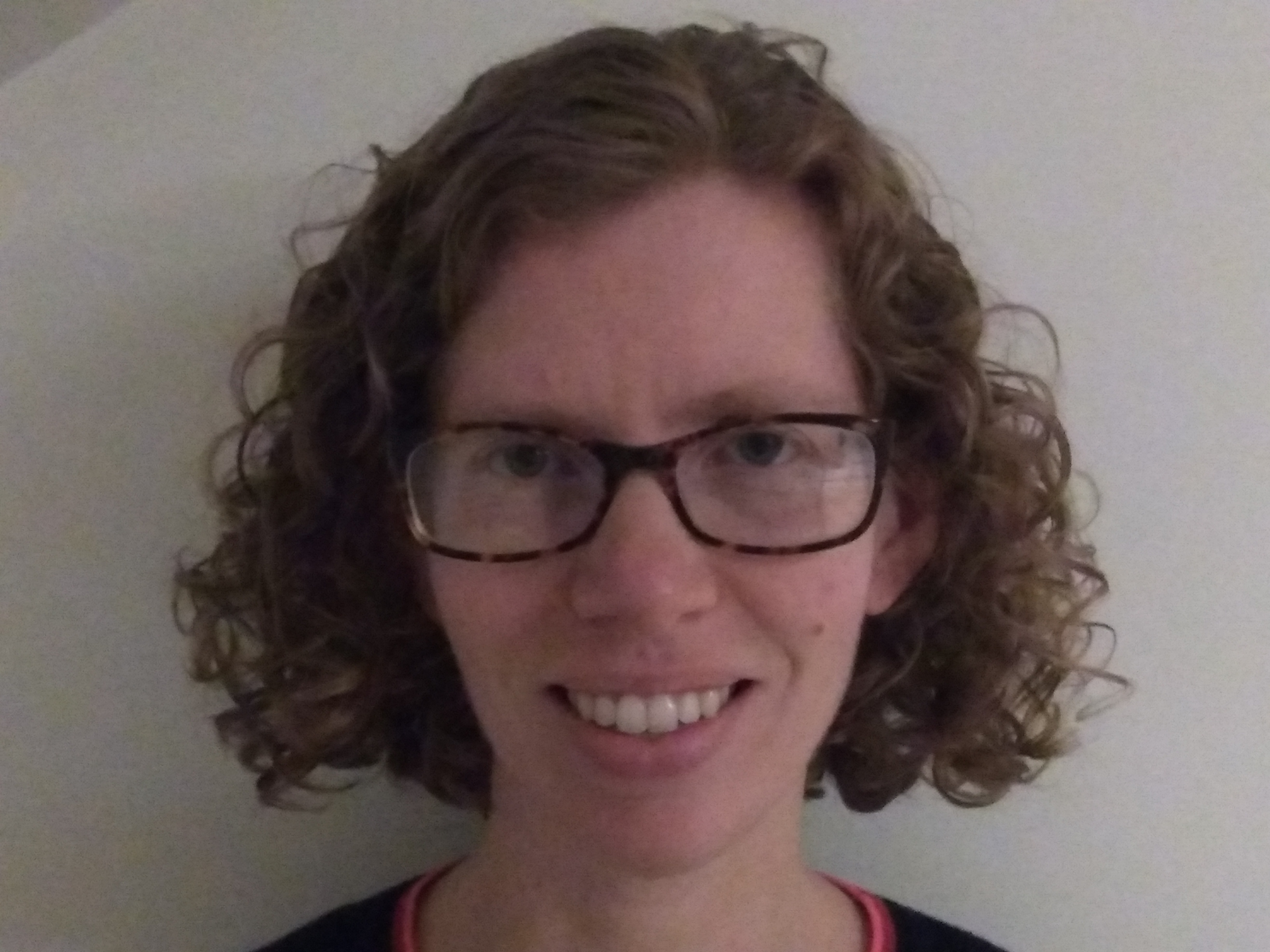We can all help to demystify this test by talking more openly about it, says Clare Bostock
 At a time when cervical screening in England is at its lowest rate for two decades, with one in four eligible women not attending the test, something needs to be done. Public Health England (PHE) stepped forward this week with a newly launched advertising campaign, but breaking down the barriers and taboos that prevent women from attending screening will be a multifaceted job.
At a time when cervical screening in England is at its lowest rate for two decades, with one in four eligible women not attending the test, something needs to be done. Public Health England (PHE) stepped forward this week with a newly launched advertising campaign, but breaking down the barriers and taboos that prevent women from attending screening will be a multifaceted job.
In the UK, there are more than 3000 new cases and around 850 deaths from cervical cancer each year. It is estimated that if women attended screening regularly, 83% of cervical cancer cases could be prevented. So why do I feel embarrassed writing about my experience of attending for cervical screening last week?
Even the prime minister Theresa May spoke recently in the House of Commons about her experiences of the smear test. And here the problem starts with that horrible little word, smear: “to coat or mark something messily or carelessly with a greasy or sticky substance.” I certainly didn’t want anyone doing anything messily or carelessly with my cervix. From the media coverage, it appears that PHE made a conscious decision to avoid the word “smear” in their campaign.
If, as a healthcare professional, I feel nervous about sharing my experiences with you, then it is no wonder that many women cite fear and embarrassment as reasons for not attending cervical screening. The charity Jo’s Cervical Cancer Trust found that young women who delay or don’t go for cervical screening are scared (71%) or embarrassed (81%). Even those who attend regular tests still feel body conscious (67%), scared (43%), vulnerable (46%), and not in control (36%) before their test.
But last week I did something new at my smear test: I brought my 8 year old daughter with me. I thought that this would be an excellent way to have a chat about some anatomical terms and the importance of screening—which it was. I think that it’s better for my children if we are relaxed about using the word vagina, and they hear the word from me before they hear it in the playground.
What I hadn’t banked on was the fact that the curtain could separate me from the door but not from my daughter. And so she sat in a chair next to me, watching everything (except my vagina, which only the nurse could see). My daughter could see what the nurse was doing and could see my (hopefully) relaxed and pain-free facial expression. I felt that it was an important experience to share, and the only person my daughter took pity on was the nurse for needing to see my bottom—we spoke about that too.
Society often relies on celebrities for health promotion. Actress Michelle Keegan took to Instagram recently to share her experiences of cervical screening. And about half a million extra cervical screening attendances took place in England between mid-2008 and mid-2009, the period during which British reality TV star Jade Goody was diagnosed with and died from cervical cancer. Yet we can all help to demystify this test by talking more openly about it and not treating the subject as something to be spoken of in hushed tones.
Allowing our daughters to see our smear tests firsthand as a routine, non-painful, dignified event would be a step towards banishing some of the shame and embarrassment that causes young women to shy away from screening. We could even start a public health campaign to bring our daughters to our smear tests. It might have a lag time of 17 years for efficacy, but I think it would be worth it.
Clare Bostock is a consultant geriatrician in Aberdeen. She maintains and promotes life-family-work balance. Twitter @ClareVBostock
Competing interests: I have read and understood BMJ policy on declaration of interests and declare the following interests: None.
